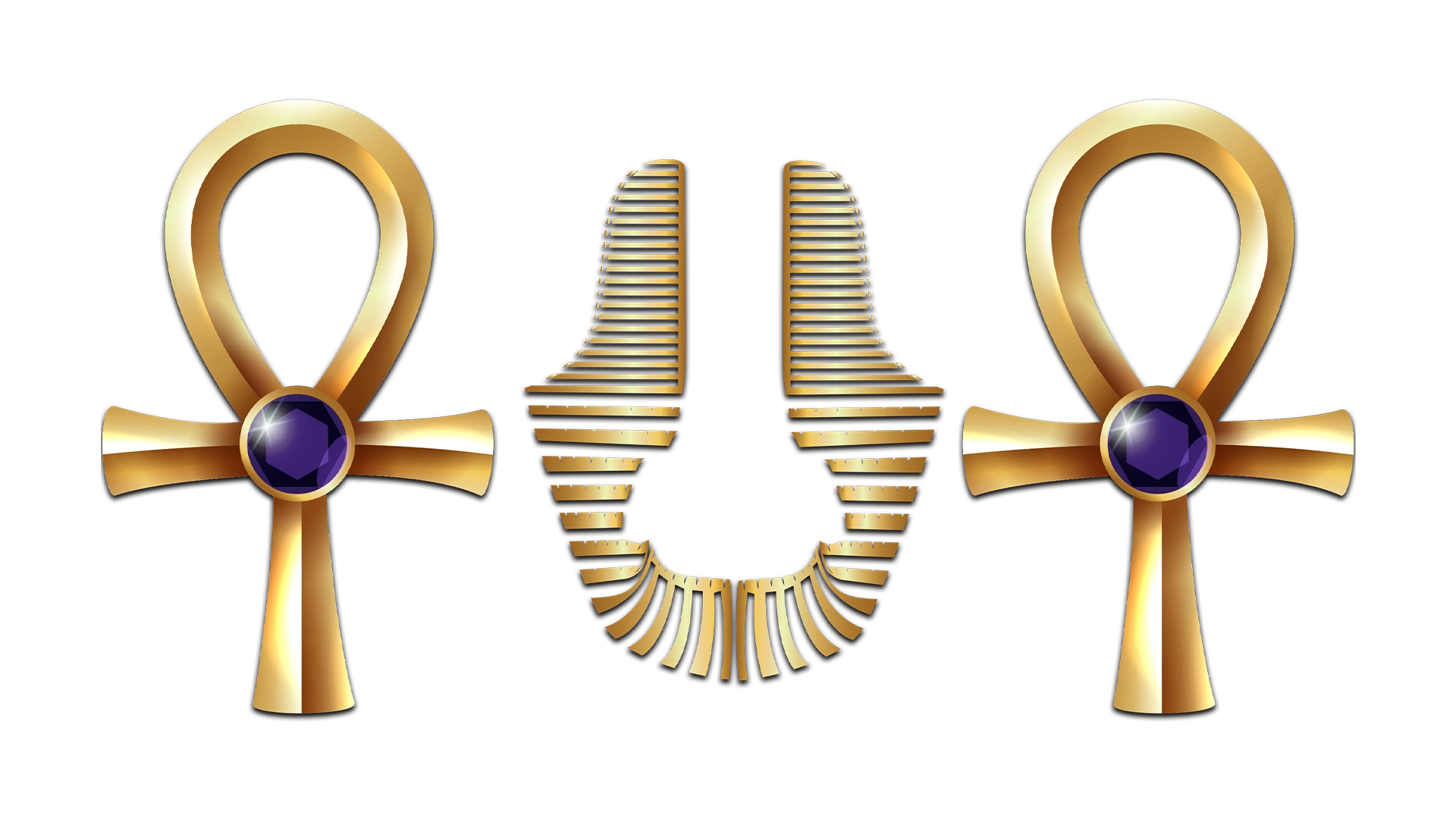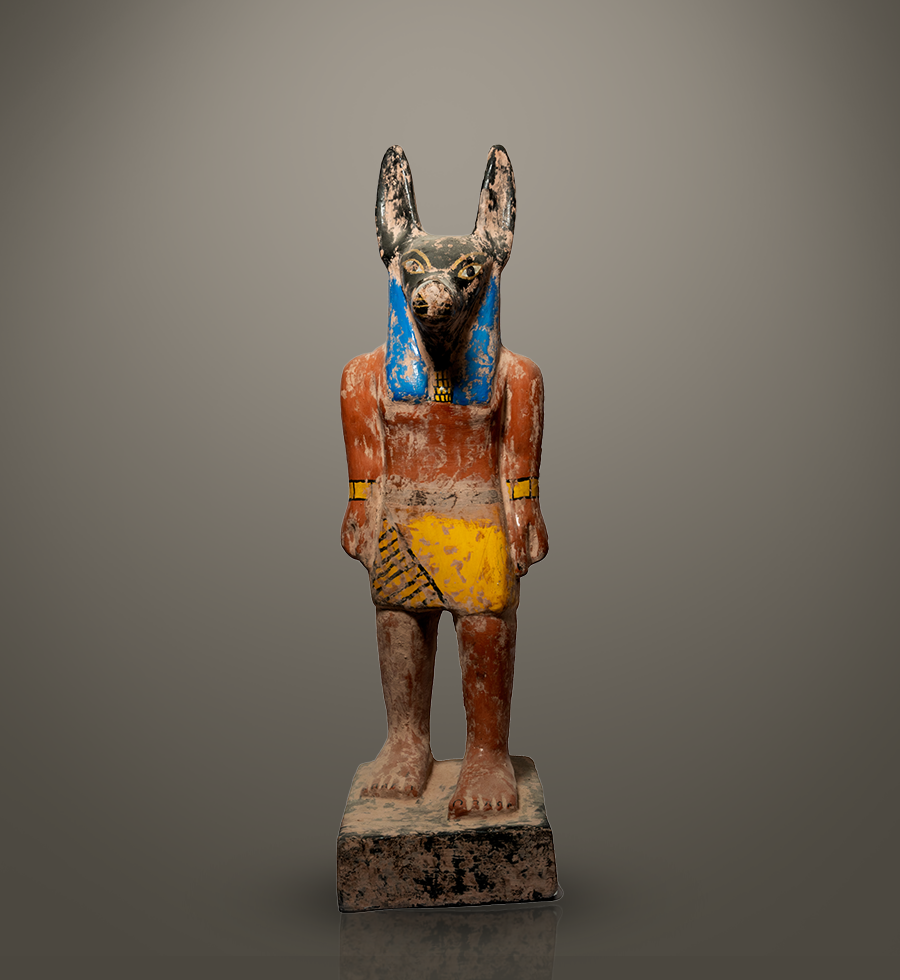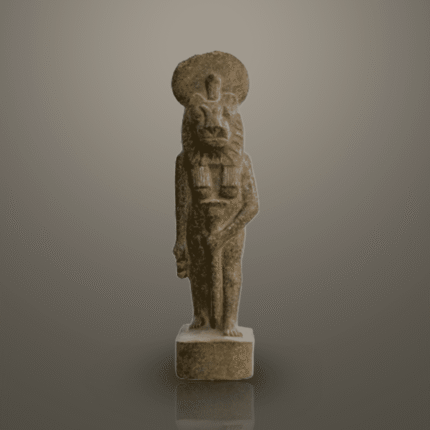Ancient Egypt Anubis Statue: Guardian of the Dead
The Ancient Egypt Anubis Statue, representing the god of death, is a striking example of Egyptian art. Made from obsidian, this statue highlights Anubis’s key role in guiding souls through the afterlife. In Egyptian mythology, Anubis was responsible for overseeing the embalming process and helping souls safely transition to the next world.
Obsidian: A Symbol of Protection and Power
Obsidian, a prized stone in ancient Egypt, was often used for its protective qualities. Its smooth, glossy surface adds beauty to the statue while symbolizing power and mystery. Anubis, with his jackal head, embodies watchfulness and protection. Moreover, his role in embalming and in the Weighing of the Heart ceremony reflects his guardianship over the dead.
The Weighing of the Heart Ceremony of Ancient Egypt Anubis Statue
In this crucial ceremony, Anubis weighed the heart of the deceased against the feather of Ma’at, the goddess of truth and justice. If the heart was lighter than the feather, the soul entered the Field of Reeds, an Egyptian paradise. However, if the heart was heavier, the soul was consumed by Ammit, a fearsome creature symbolizing destruction. Thus, Anubis played a vital role in determining the soul’s fate.
Exceptional Craftsmanship and Spiritual Significance
The Ancient Egypt Anubis Statue stands out for its detailed craftsmanship. The fine carvings and polished obsidian surface showcase the skill of Egyptian artists. Additionally, the choice of obsidian reinforces the spiritual significance of Anubis as a protector. This statue serves as a powerful reminder of Anubis’s role in ensuring the safe passage of souls to the afterlife.
For more details on the significance of Anubis in Egyptian culture, you can visit this article on Anubis.
Explore more exquisite pieces like this one in our alabaster collection, where each item reflects the mystical and powerful legacy of ancient Egyptian mythology.











Reviews
There are no reviews yet.